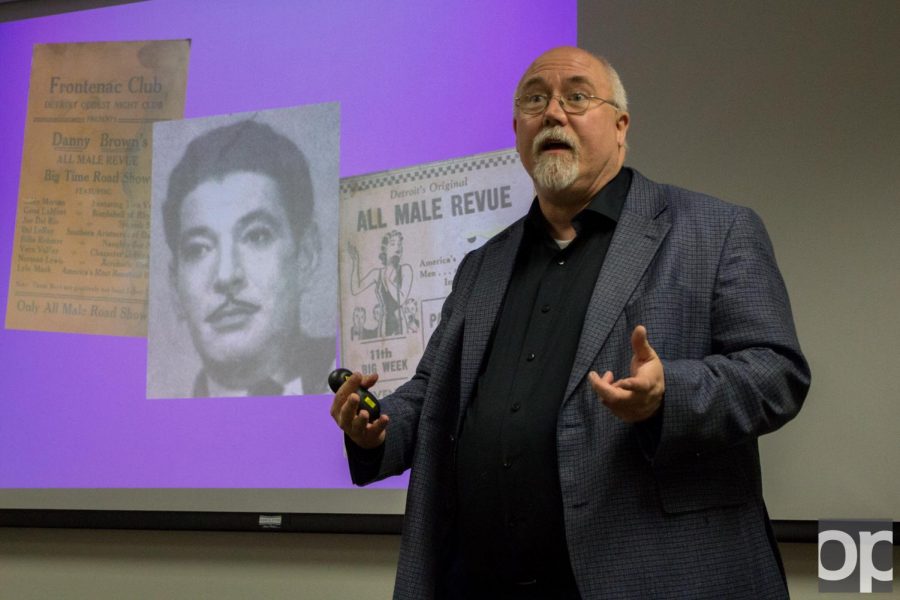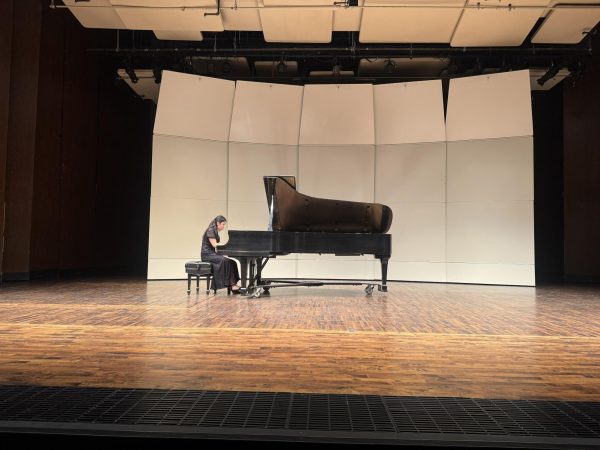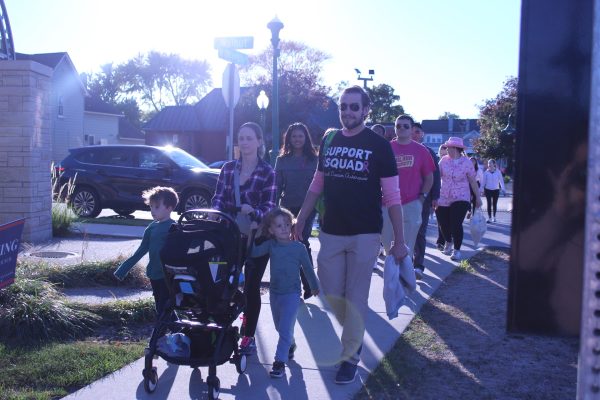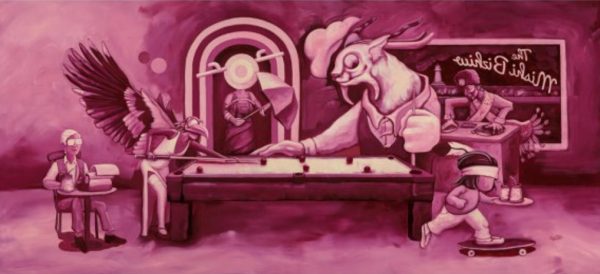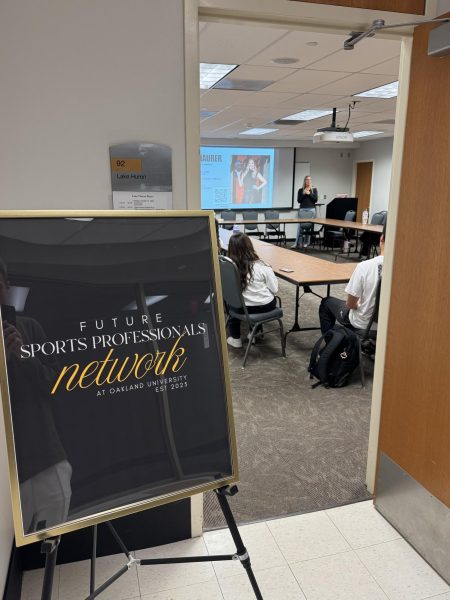GSC hosts an LGBTQ+ History Month Event
LGBTQ+ History Month is a month-long annual observance of lesbian, gay, bisexual, transgender and queer history, as well as the history of the gay rights and civil rights movements.
The Gender and Sexuality Center (GSC) hosted an LGBTQ+ History Month event in the Oakland Center on Oct. 25.
Dr. Tim Retzloff, a professor of history and LGBTQ studies at Michigan State University who received his bachelor’s degree with honors from University of Michigan and his doctorate from Yale in 2014, presented at the event.
“The real focus on Michigan bars is going to start at Farmer and Bates in Detroit,” Retzloff said. “Within World War II and the mobilization occurring, there was a major turning point in LGBTQ+ life across the country, specifically in Detroit. Because our auto factories were converted to making war material, people met here in ways that they might not have been able to before. They discovered that there was gay nightlife.”
The nightlife that survived was along Farmer Street and Bates Street in Detroit.
“Some key bars were at Farmer and Bates, including the Silver Dollar and the Ten Eleven Bar,” Retzloff said. “At night, the heterosexuals went home and the homosexuals went downtown.”
Early on, in the ’30s and ’40s, bars were still mixed. Those who went to the bars didn’t know if heterosexuals were going to come and gawk or not.
“They weren’t as safe spaces, and if you were there, you were putting yourself on the line,” Retzloff said. “In the ’50s and ’60s, the outside of the bars became much more covered, the inside much more guarded and exclusively gay.”
Queer life for African American people and white people in Metro Detroit often took very different forms.
“There tended not to be specifically gay bars for African Americans, but there were two bars in prominent black neighborhoods,” Retzloff said. “There was the Rainbow Music Bar, and the other was called the 705 on Gratiot Avenue. Both of these bars were the only two bars that violated the liquor code in the sense that they couldn’t serve homosexuals.”
There were many queer spaces that Retzloff mentioned, like religious places, but he also explained how community members claimed the streets of Detroit.
“The first pride March in Detroit was on Christopher Street in June of 1972,” he said.
Dallas Lacross, vice president of OU’s Gay Straight Alliance (GSA), believes that studying LGBTQ+ history is important for everyone, allies and community members alike.
“Allies and community members should study our history for several reasons,” Lacross said via email. “A) To see what we’ve endured and how we’ve been oppressed throughout history and why we continue to fight each and every day, B) To acknowledge who has paved the way for us to be where we are today and how they accomplished it (esp. trans* women of color), C) To understand that there is a reason we do not accept becoming stagnant, and D) To have the knowledge to notice red flags in our current political and social world.”
Events like this hosted by the GSC allow students and faculty here at OU to understand that LGBTQ+ history in a tangible and emotionally real sense.



